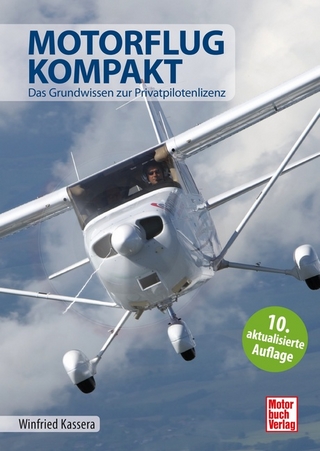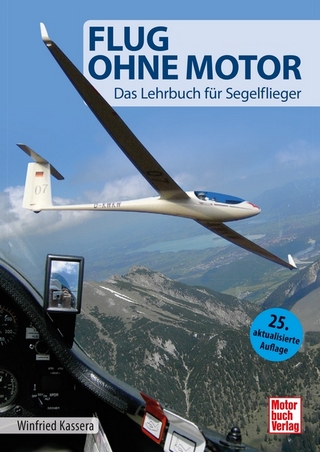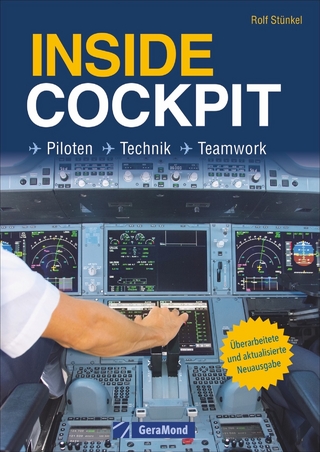
The Me 262 Stormbird Story
Seiten
2010
The History Press Ltd (Verlag)
978-0-7524-5303-3 (ISBN)
The History Press Ltd (Verlag)
978-0-7524-5303-3 (ISBN)
- Titel z.Zt. nicht lieferbar
- Versandkostenfrei innerhalb Deutschlands
- Auch auf Rechnung
- Verfügbarkeit in der Filiale vor Ort prüfen
- Artikel merken
The Me 262 Stormbird story
By the time of its introduction into front-line service in July 1944 many Germans thought the Me 262 was capable of turning the tide of the Second World War. Accelerating to speeds well over 500mph, it was faster than any Allied fighter operating in the European theatre. Officially designated as the Schwalbe, or Swallow, its pilots soon renamed the Me 262 as the Sturmvogel. While the war was still going Hitler’s way the Me262 was not considered a high-priority project by German High Command, until May 1943 when the celebrated Luftwaffe ace Adolf Galland flew the Me 262 and was so impressed by its performance that he advocated immediate mass production. Several types of the Me 262 were deployed – fighter bomber, interceptor and an unarmed reconnaissance version - but although over 1,400 Me 262s were constructed less than 300 saw combat. Even so, the Stormbird signalled the beginning of the end for piston-engined combat aircraft, and with the fall of the Third Reich the Allies were quick to seize the surviving Me 262s and their design directly influenced the development of jet fighters after the war. Packed with little-known facts and figures and featuring lists of preserved examples, this is both a fascinating and accessible read.
By the time of its introduction into front-line service in July 1944 many Germans thought the Me 262 was capable of turning the tide of the Second World War. Accelerating to speeds well over 500mph, it was faster than any Allied fighter operating in the European theatre. Officially designated as the Schwalbe, or Swallow, its pilots soon renamed the Me 262 as the Sturmvogel. While the war was still going Hitler’s way the Me262 was not considered a high-priority project by German High Command, until May 1943 when the celebrated Luftwaffe ace Adolf Galland flew the Me 262 and was so impressed by its performance that he advocated immediate mass production. Several types of the Me 262 were deployed – fighter bomber, interceptor and an unarmed reconnaissance version - but although over 1,400 Me 262s were constructed less than 300 saw combat. Even so, the Stormbird signalled the beginning of the end for piston-engined combat aircraft, and with the fall of the Third Reich the Allies were quick to seize the surviving Me 262s and their design directly influenced the development of jet fighters after the war. Packed with little-known facts and figures and featuring lists of preserved examples, this is both a fascinating and accessible read.
Author John Christopher is a life-long aviation enthusiast and a professional balloon pilot. He has previously written The Zeppelin Story and Balloons at War for The History Press.
| Erscheint lt. Verlag | 19.10.2010 |
|---|---|
| Reihe/Serie | The Story Series |
| Verlagsort | Stroud |
| Sprache | englisch |
| Maße | 190 x 130 mm |
| Gewicht | 270 g |
| Themenwelt | Natur / Technik ► Fahrzeuge / Flugzeuge / Schiffe ► Luftfahrt / Raumfahrt |
| Natur / Technik ► Fahrzeuge / Flugzeuge / Schiffe ► Militärfahrzeuge / -flugzeuge / -schiffe | |
| Geschichte ► Allgemeine Geschichte ► 1918 bis 1945 | |
| Geschichte ► Teilgebiete der Geschichte ► Militärgeschichte | |
| Sozialwissenschaften ► Politik / Verwaltung | |
| ISBN-10 | 0-7524-5303-3 / 0752453033 |
| ISBN-13 | 978-0-7524-5303-3 / 9780752453033 |
| Zustand | Neuware |
| Haben Sie eine Frage zum Produkt? |
Mehr entdecken
aus dem Bereich
aus dem Bereich
das Grundwissen zur Privatpilotenlizenz
Buch | Hardcover (2024)
Motorbuch Verlag
39,90 €


